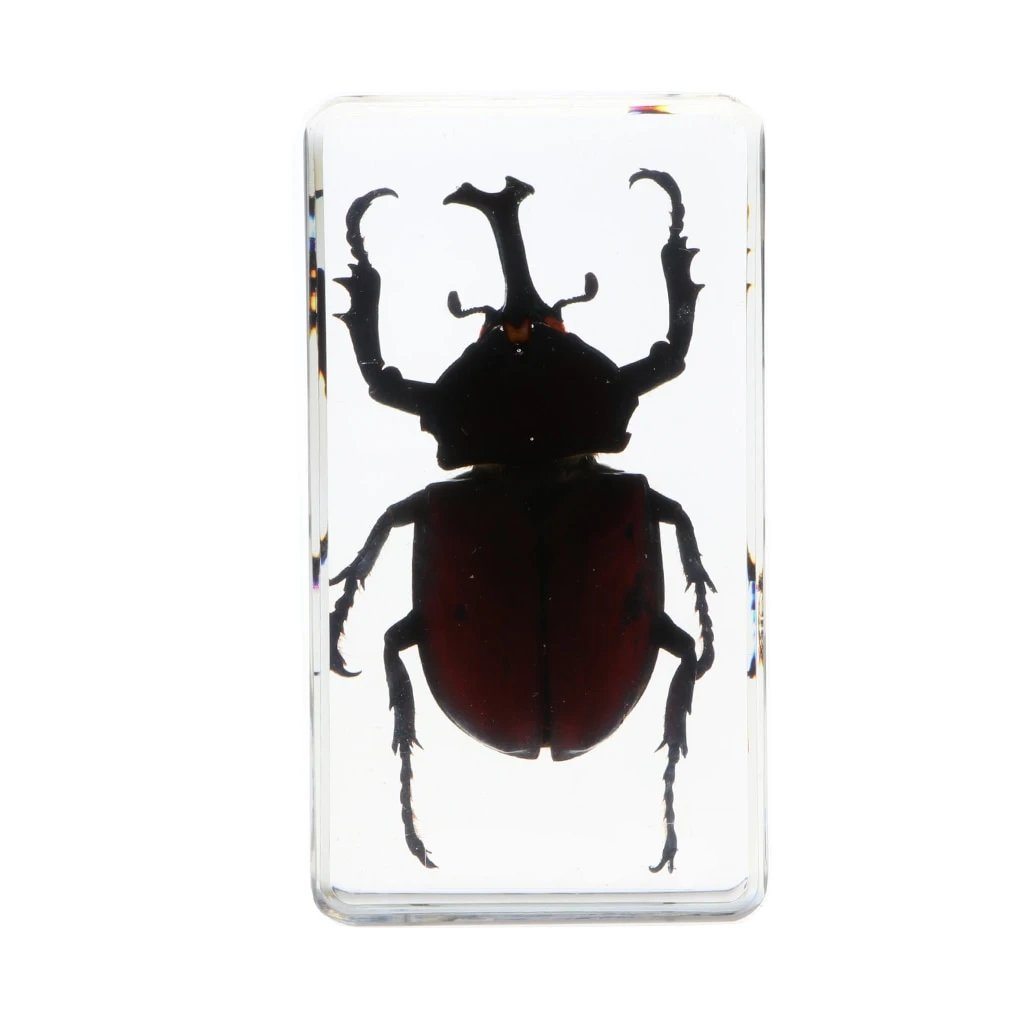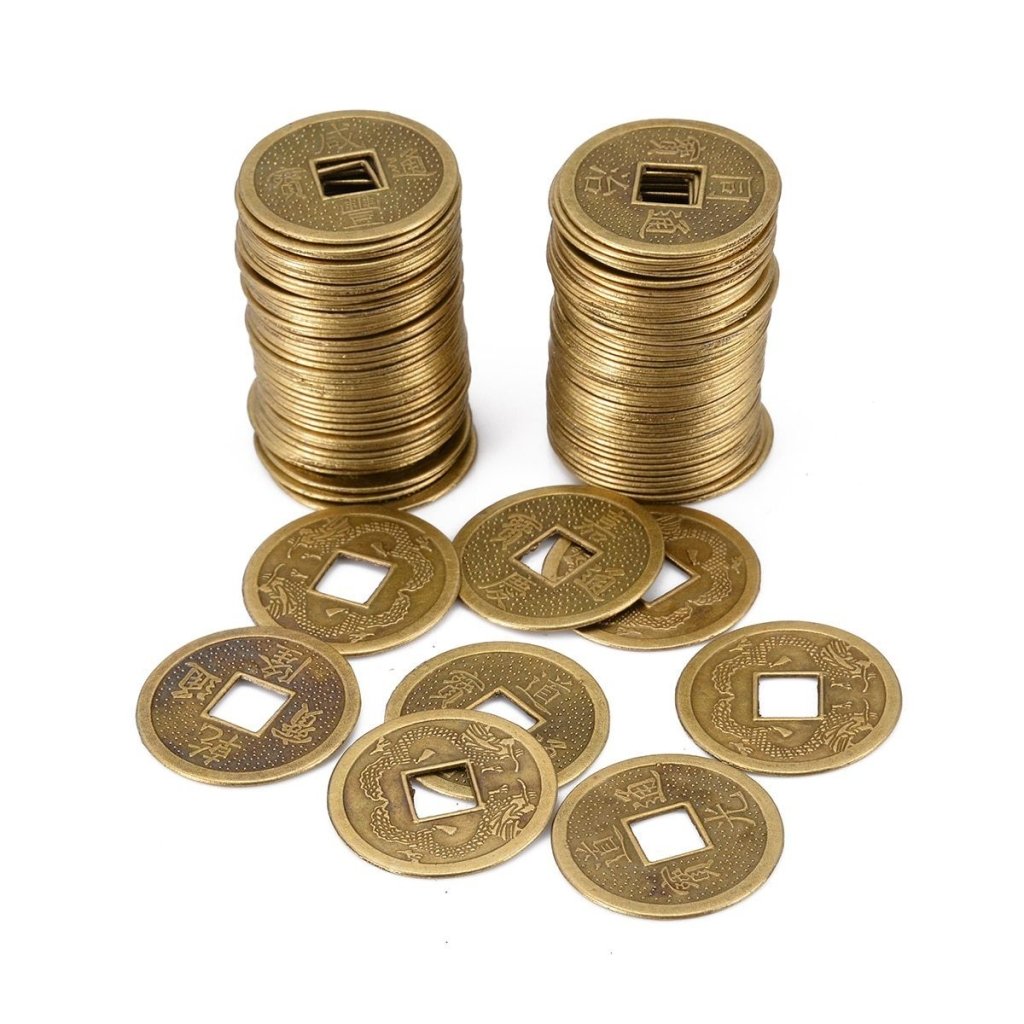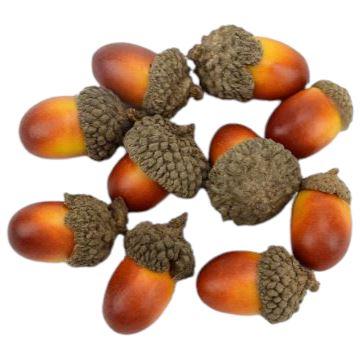14 Lucky Charms to Inspire You Every Day
Lucky charms: some people swear by them while others think they're just nonsense.
In the end, it doesn't matter if they will really attract your loved one to you, or if they will help you get the promotion you dream of so much!
The fact is that this type of object have an influence on our morale and our attitude, but also be very fun.
If your mood improves because of them, then it can actually make you luckier. A positive and open mindset: this is the key to luck.
If you don't yet have a favorite lucky charm, take a look at the list of 14 symbols that we have chosen just for you.

1) The four-leaf clover
The four-leaf clover is an ancient symbol of luck. The Celts believed that they could prevent us from seeing all that is bad in the world, and therefore indirectly protected us from it.
Clovers are also commonly associated with the Christian religion. Legend has it that, to convert the Irish people, Saint Patrick used a shamrock: just as the leaves of the shamrock, although distinct, form one entity, the same goes for the Father, the Son and the Holy Spirit.
There are many types of clovers, but the only ones that serve as good luck come from the white clover, also called “ Trifolium Repens ”.
True four-leaf clovers are rare. Only one plant in 10,000 carries the genetic mutation leading to the appearance of a fourth leaf.
To find out if you have a real lucky clover in your hand, there is a simple technique. All you have to do is unfold the sheets: if there is one smaller than the others, bingo!
This is a real four-leaf clover. On the other hand, if all the sheets are the same size, you are undoubtedly dealing with a fake.
If you want to equip yourself with a four-leaf clover, don't waste your time wandering through fields and forests. There are indeed many jewelry and craft items associated with clovers.

2) The horseshoe
Horseshoes are one of the most popular good luck charms, with many legends telling us how their powers were discovered.
One of these stories tells us that, if horseshoes give us so much luck, it is quite simply thanks to the material from which they are made: iron.
In Celtic tradition, it was said that fairies and evil spirits could not withstand contact with iron, so horses (and therefore their riders) were protected from it.
Another story attributes the origin of the horseshoe to Saint Dunstan, a historical figure who died in AD 988.
According to legend, the devil asked Dunstan, who was then working as a blacksmith, to prepare shoes for his horse. Instead, Dunstan plants an iron in Satan's foot.
Since then, hanging a horseshoe in a house is said to keep it away from the hearth.
Whatever the true origin of this tradition, there is no doubt that the horseshoe is one of the most ingrained good luck charms in Western culture.
If you are interested in the history of the continent, this is good. Here we can offer you a horseshoe to hang in your home !

3) Lucky dice
Given the incredible number of games of chance that are played using dice, it is not surprising to see them prominently in the pantheon of symbols linked to luck.
This is even though, compared to some of the other items on this list, dice are a relatively recent invention.
During World War II, fighter pilots flew missions from which the chances of returning safely were sometimes shockingly slim.
They would then bring with them good luck charms, any hope to cling to would be worth taking. Gaming related items such as cards or, you guessed it, dice were popular in cockpits.
If you want to continue this tradition, there are many fun ways to do so. For example, you can hang lucky dice from your car's rearview mirror. Normally, it shouldn't be too complicated to get one.

4) Ladybugs
Ladybugs are beloved insects around the world and many cultures believe they bring good luck.
In the German language, they are called glueckskaefer, which literally means “lucky bugs”.
So how could a ladybug make you luckier?
Some cultures say that if you see one on you, you should chase it away so your luck will improve.
Others say that if two people see a ladybug at the same time, they will fall in love with each other.
In Belgium, a ladybug crawling on a young girl's hand was a sign that she would soon be married.
The reality is undoubtedly much less poetic. Ladybugs are insects that are very sensitive to climate and whose numbers could fluctuate from one year to the next.
However, they mainly feed on aphids, a parasite that sometimes ravages entire fields. Seeing large numbers in the spring was therefore an indication for farmers that the harvest would be good.
Be careful, not all ladybugs are put on an equal footing! The redder they are, the greater the influence they will have on your luck.
As is often the case, this lucky charm is also double-edged. If you unfortunately crush one of these insects, you will suffer the opposite effects from those we have just described to you.
Ladybugs can therefore make excellent good luck charms. Their cute side also lends them particularly well to DIY and crafts.

5) The number 7
Growing up, you may have heard that seven was the lucky number, but has anyone ever told you why?
In many cultures throughout history, the number seven has been associated with luck, perfection and the acquisition of new knowledge.
Perhaps one of the most plausible explanations is that the number seven has special mathematical properties.
The ancient Greeks called it " the perfect number ", because it corresponds to the sum of 3 (triangle) and 4 (square), which were considered to be associated with perfect shapes.
The number is also found in many everyday elements:
There are 7 days of the week.
There are 7 colors in the rainbow.
There are 7 planets visible to the naked eye.
7 is the winning number in many games of chance.
So how can you adopt seven as your lucky number?
Well if the number itself doesn't speak to you, why not group seven lucky charms together: seven different crystals for example, or seven coins from different countries.

6) The number 8
If you grew up in China, you probably think that the number 8 is the best lucky charm, not 7! If you have never lived in this country, we will explain to you the origin of this difference.
In Chinese, the word "number 8" has more or less the same sound as the word used for prosperity.
It is therefore in reality a sort of play on words, a linguistic association between two concepts which apparently have nothing in common.
The number 8, with its two graceful curves, is also a balanced number. Balance and harmony are essential ingredients for a happy life.
If the number 7 doesn't speak to you as a lucky number, perhaps 8 will suit your style better.
In fact, everyone has a particular lucky number assigned to them.

7) Rabbit feet
Rabbit feet, whether real or fake, are popular symbols associated with luck. But did you know that their use actually comes from voodoo magic ?
In the original version, you obviously have to kill a rabbit to be able to get its leg back.
Morals have (fortunately) evolved and, these days, an imitation will do just as well. After all, what makes lucky charms effective is above all the trust we want to place in them.
You can also try sewing a rabbit's foot out of fabric yourself, or learn how to draw one.
The simplest thing is to get this kind of lucky rabbit's foot.

8) Other lucky animals
Rabbits aren't the only animals used as good luck charms.
In feng shui, for example, goldfish are said to attract luck and prosperity. Dragons and horses are also considered lucky animals.
In Germany, “glücksschwein” (translation: lucky pigs ) in the shape of a piggy bank are often given to children as gifts. They are then supposed to protect the savings of small people.
If turtles are also seen as good omens, it is notably thanks to their exceptional longevity (some live more than 100 years).
The ancient Egyptians considered that it was the scarab that carried the most luck.
Given the wide range of choices available, it is quite easy to find the lucky animal that will suit you best.

9) The rainbow
Rainbows are considered lucky charms thanks to a legend : if you dig at the foot of a rainbow, you might just find a pot filled with gold...
Not only do they have a great story behind them, but they are also beautiful and pleasing to the eye.
If you needed a symbol to motivate you to face the trials of your day, what could be better than a bright and colorful rainbow?

10) Coins
There is a famous legend about lucky coins: if you find a penny, pick it up and you will be lucky all day !
Some people add a condition. For it to bring you luck, this coin should be found with its side facing up.
Personally, I think that just finding free money is a good enough sign of luck.
Furthermore, did you know that this tradition is not only found in the West?
For example, Chinese lucky coins such as this one are often given as good luck charms at weddings, or during Chinese New Year.

11) Bamboo
Most of the time, the plants we think of as lucky bamboo plants aren't really lucky bamboo plants. Rather, it is a close relative called Dracaena, a hardy, perennial plant.
Traditionally, it is believed that the more stems a bamboo has, the better it will attract luck to the room where it is located.
A plant with three stems is already seen as exceptional, but you should know that some have many more (sometimes up to ten).

12) The dream catcher
This lucky charm would thus have the capacity to make its owner happier, more balanced and more energetic on a daily basis.
In addition, their aesthetic easily matches most furniture, and always gives a certain atmosphere to the room where they are located.
If your sleep is regularly disturbed, take the test : hang a dream catcher above your bed, and come back and tell us what you thought about it!

13) The nazar boncuk (or Greek eye)
This name probably means nothing to you. On the other hand, you have already encountered them, believe us!
First of all, let us explain the concept of the evil eye.
In some parts of the world, people take dirty looks very seriously.
Usually caused by envy or jealousy, the negative look you give someone is said to cause all kinds of pain and curses.
For thousands of years, people have used eye-shaped symbols. The nazar boncuk, a pendant of Turkish origin, is a good example.
Nazar could be translated as “evil eye”, and boncuk as “necklace”. We therefore understand without too much difficulty the meaning of this lucky charm.
The nazar boncuk is easily recognizable. Made up of layers of blue, white and black glass, its appearance is truly comparable to that of an eye.
If this Turkish lucky charm has tickled your curiosity, that's good... here we have a collection dedicated to the Nazar Boncuk.

14) Acorns
It is because of its association with the Viking god Odin that the acorn is considered a good luck charm.
According to Norse mythology, Odin had to hang on an oak tree for years in order to acquire knowledge. The acorn therefore became the Viking symbol of wisdom.
Northerners also used lucky acorns of this type as offerings to the gods and, in stormy weather, placed them on the window sills of their homes to protect against thunder.
Acorns are ideal symbols because they are very common, but also fun to harvest and then decorate. Painting them can actually be a great activity to share with your children.

15) Do you want more??
If you want to learn more about these powerful symbols, but also discover others, we are the address for you.
You are here on a site where you will find specialists. Our team will be happy to answer all your questions.
Finally... don't forget: don't count on your luck. If you want not to be disappointed by your future, you will above all need to be patient and hardworking.
With this in mind, certain things can be put in place. For example, you can consult this type of personal development blog, practice meditation or, why not, read more articles from our blog.
Lucky charms featured in this article

Horseshoe
See more
Rabbit's Foot
See more
Beetle in Resin
See more
Qing Dynasty Lucky Coins
See more
Lucky Acorns
See more
